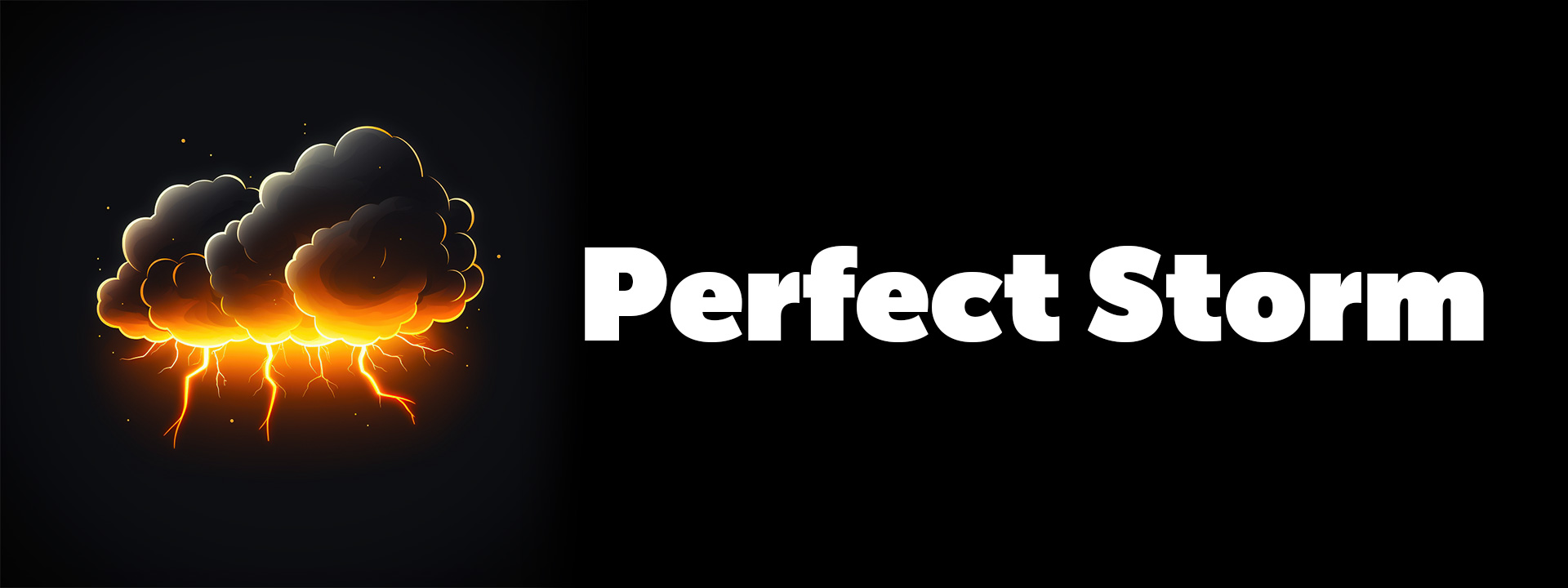You’ve probably been there—scrolling through countless job listings, each in a slightly different field, each demanding its unique qualifications. Your heart races at the prospect of new opportunities, but there’s that nagging feeling: “Is my resume good enough for this industry?” Don’t fret. We’re here to navigate these uncharted waters together with a complete resume reinvention.
You might’ve been told in the past that one standard resume would open doors across industries. But just like wearing the same outfit to a beach party and a corporate meeting might raise eyebrows, sending the same CV across diverse industries might not always work in your favor. Tailoring your resume isn’t about deception; it’s about showcasing the most relevant version of you.
Table of Contents
Understanding the Industry Landscape
Embarking on the journey to reshape your CV requires more than just a keen understanding of your skills and experiences—it demands a deep dive into the universe of industries. Just as a captain needs to understand the nuances of each sea they sail, you need to fathom the subtleties of the industries you’re navigating. Here’s how you can charter those waters effectively:
Research is Your Compass
Starting any journey without a map can be daunting. Fortunately, in our digital age, there’s a wealth of information at your fingertips. Begin with:
- Industry Blogs and Websites: These often provide insights directly from professionals in the field, offering you an unfiltered view of the industry’s dynamics.
- Webinars and Conferences: Tune into these for a deeper understanding and to catch up with the latest trends.
- Industry-specific Forums and Discussion Groups: Platforms like Reddit or industry-specific forums can be gold mines of information, offering both the good and the challenging aspects of a sector.
Recognizing Industry Priorities
Each sector has unique attributes that make it tick:
- Tech: Often values innovation, adaptability, and expertise in specific tools or methodologies.
- Healthcare: Emphasizes patient care, continuous learning, and adherence to protocols.
- Arts: Prioritizes creativity, originality, and sometimes, a well-connected network.
By recognizing these, you not only align your CV but also your mindset to the industry’s core values. Knowing your industry’s priorities is critical to successful resume reinvention!
Decoding the Lingo
Words are powerful, and industries often have their set of jargons. For instance:
- A ‘lead’ in marketing might be different from a ‘lead’ in theater.
- ‘Agile’ in tech has a different connotation than its general use.
By understanding and effectively using industry-specific terms, you demonstrate your familiarity and seriousness about the role.
Networking: The Human Touch
While digital resources are invaluable, human connections bring a personal touch:
- Connect with professionals in the industry on LinkedIn. Engage in genuine conversations.
- Attend industry meetups or networking events.
- Seek mentorship or informational interviews to get first-hand insights.
Final Reflection
Understanding an industry’s landscape is more than just about preparing a CV—it’s about preparing you. By immersing yourself, you not only increase your chances of crafting a standout CV but also embark on a journey of continuous learning. Remember, it’s not about just getting a job; it’s about finding a place where your passion resonates, where you can truly make waves.

Key Components of a Resume
Each resume consists of standard sections. These act like the foundation pillars of a house, and how you design each room (or section) can make all the difference.
Adapting the Objective/Summary
This section is like your elevator pitch. Instead of a general objective like “looking for a challenging role,” why not go for something more specific like “Seeking a healthcare management role to apply my 5 years of administrative experience and passion for patient care.”? A tweak in your resume reinvention can echo your alignment with an industry’s heartbeat.
Tweaking the Experience Section
Your experience is your story; how you tell it can change the narrative. For a tech role, maybe highlight your experience with certain software or methodologies. Eyeing a role in finance? Emphasize tasks where you managed budgets or made cost-saving decisions. The language you use can be a bridge between your past roles and your future ambitions.
Education & Certifications
We all know education matters, but in tailoring your resume, it’s about highlighting what’s most relevant. If you’ve taken a special course that’s a golden ticket in a particular industry, don’t bury it—let it shine at the forefront! Similarly, if you’ve been in your career for over 10 years or more, it’s not necessary to list secondary (high school) education details if you’re the recipient of a higher education degree (college). When possible, start your education section with your college or university experience.
Skills & Endorsements
While you might be proud of your extensive skill set (and rightly so!), when tailoring your resume, it’s quality over quantity. Highlight skills that resonate with the industry. And remember, an endorsement from a respected professional can be a glowing beacon in a sea of applicants. Any resume reinvention should include recommendations and referrals.
Formatting & Design Choices
The aesthetics of your resume isn’t just about looking pretty. It’s a language, communicating your understanding of the industry, its culture, and how you fit within that landscape. Before making your choices, let’s discuss how to best express your professional identity.

1. Color Schemes
- Bold and Vibrant: Best for creative roles, startups, or industries that appreciate innovation. It exudes confidence and a break-from-the-norm attitude.
- Neutral and Subdued: Law firms, financial institutions, and other traditional industries prefer this. It communicates stability, professionalism, and an understanding of industry norms.
- Mix of Both: Some industries, like tech or marketing, might appreciate a blend—professional with a hint of innovation.
2. Fonts Matter
- Classic Fonts (e.g., Times New Roman, Arial): These are universally accepted and convey a sense of reliability.
- Modern Fonts (e.g., Calibri, Helvetica): These suggest you’re in tune with current trends—great for roles that require staying updated.
- Creative Fonts: Think graphic design or advertising. However, tread with caution—legibility should never be compromised.
3. Layout & Structure
Remember, our eyes follow a pattern when reading.
- Top-Down: Most traditional and universally accepted. Captures attention from your main selling points downwards.
- Columns or Sidebars: Can be used to highlight specific skills or endorsements. Suitable for roles that value both skills and experience equally.
- Infographics & Icons: For those roles where visual representation makes a difference. Can be useful for designers, marketers, or roles demanding quick data comprehension.
4. Use of Graphics or Images
- For Creative Roles: Think photographers, designers, or any role where your visual work can speak louder than words.
- Avoid in Formal Settings: Investment banking or corporate law? Stick to text and skip the headshot or graphics.
5. Responsiveness & Digital Compatibility
In our digital age, many employers will view your resume on different devices.
- PDFs: Safe bet for retaining formatting.
- Test on Different Devices: Before sending, ensure your resume looks good on mobile, tablets, and various screen sizes.
6. The Finer Details
- Consistency: From bullet points to header sizes, ensure there’s uniformity.
- Whitespace: A cluttered resume can be off-putting. Use whitespace to give the reader’s eyes a break and highlight important details.
- Printed Versions: If you’re attending job fairs or in-person interviews, have a print-friendly version.
Formatting Final Thought
Crafting your resume’s design balances standing out and fitting in. Your choices should amplify your content, not overshadow it. Remember, at the core, it’s about presenting the best version of you—in alignment with the industry you’re stepping into.
Additional Sections for Specific Industries
Some roles require more than just the basics. A graphic designer without a portfolio is like a ship without a compass. Academics or researchers? Your publications can add weight. In tech or engineering? Don’t stop showcasing significant projects in your resume reinvention, as long as they’re relevant.
Final Checks & Feedback
Errors on a resume can be like storms, unpredictable, and potentially damaging. Proofread meticulously. Seek feedback from those within the industry—after all, a fresh pair of eyes can often spot what’s invisible to us.
Tools for Resume Reinvention
In the modern age of job hunting, a standout resume is about more than just words on a page. It’s a blend of your narrative, the industry’s demands, and the visual appeal of the document itself. Whether you’re venturing into a new sector or refreshing your resume for your current field, having the right tools and resources at your disposal can make all the difference. These curated platforms and aids aren’t just about sprucing up the aesthetics; they dive deep into the very essence of effective resume crafting, helping you present your best self to potential employers. Dive in and explore how they can guide your resume reinvention journey.
- Resume Building Platforms:
- Canva: A graphic design platform with a variety of resume templates, both free and premium. https://www.canva.com/templates/resumes/
- ResumeGenius: Offers industry-specific resume templates and writing tips. ttps://resumegenius.com/resume-templates
- Font Choice & Typography:
- Google Fonts: A directory of free licensed font families. https://fonts.google.com/
- FontPair: Helps you pair Google Fonts together. https://fontpair.co/
- Design Principles and Layout:
- Smashing Magazine: Offers various articles on design principles, including those specific to resume design. https://www.smashingmagazine.com/
- Digital Compatibility:
- MobileTest.me: Test how your resume might appear on different mobile devices. https://mobiletest.me/
- Professional Tips and Guidelines:
- The Muse: Contains various articles on resumes, including those focused on design and format. https://www.themuse.com/advice
- LinkedIn’s Official Blog: Often features articles and tips on resume building, leveraging LinkedIn’s vast user insights. https://blog.linkedin.com/
- Printed Resume Considerations:
- Vistaprint: Offers insights on choosing the right paper quality and format for printed resumes and business cards. https://www.vistaprint.com/
- Research on Employer Preferences:
- Glassdoor’s Blog: Provides insights into what employers are looking for in resumes across different industries. https://www.glassdoor.com/blog/
Anchoring Our Thoughts
The journey of career exploration is filled with both excitement and trepidation. As you sail through, remember that changing, adapting, and evolving is okay. It’s all part of the resume reinvention process. As the industries shift and morph, so can your resume. With every tailored application, you’re seeking a job and learning, growing, and, most importantly, understanding yourself better.
Hold on to this thought: You’re not molding yourself to fit the world but reshaping the world to recognize your unique potential. Happy navigating!

